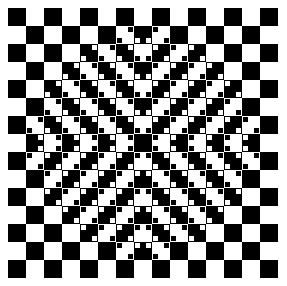|
Let's start with
drywall. Since the majority of your home that is visible to the
outside world is made up of drywall or plaster, let's talk about
maintenance and repair.
Installation of new sheet rock in a
new home of addition is very important. Here are several tips.
1. Professional installation is recommended rather than home
owner do-it-yourself.
2. Homeowners rarely have all the
right tools to do a proper job.
3. Tools required: Drywall
hammer (This special hammer leaves a proper "dimple" around the
nail. A regular hammer tends to break the paper and cause nail pops
later on down the road. Drywall T-square to cut the board straight.
Drywall screw gun, used to set the screws properly into the sheet
rock or plaster board. Drywall glue gun. One quart capacity. I
recommend OSI adhesive, available at most Lowe's and Home Depot
stores. Using glue eliminates nail pops. Drywall saws and board
lifts make the job easier and eliminates damage to board while you
are installing it.
Proper finishing tools. Drywall mud pan,
6 inch taping knife, Ten inch and Twelve Inch finishing knives.
Sometimes these are called broad knives. And of course sandpaper to
fine tune the finishing. I use 100 grit, available at Lowe's and
Home Depot.
I do recommend and use US Gypsum materials.
4. Hang the ceiling boards first, and then the side walls.
Secure the ceiling with three drywall 1 1/4 screws in the field,
after nailing the perimeter of the board.
5. Finishing
requires three coats. First coat is taping with drywall paper tape.
Second coat after first coat dries. Usually one day. Third Coat
after another day. Then Sanding and touching up any blemishes.
Drywall corner bead usually requires two or three coats.
6. Painting. I do not recommend spraying new sheet rock,
since the paints soaks in at different levels on the finished
portion of the drywall versus the bare spots on the board where no
drywall mud is found. Spraying tends to have joints showing after
painting.
7. I recommend and use USG First Coat for the
primer, and usually use Duron Paint. I have found that it is able to
be touched up sometimes a couple of years later without showing very
much change.
8. It is a saying, that a good drywall job can
be spoiled by a bad painter, and a bad drywall job can be enhanced
by a good painter. I recommend latex flat paint on new sheet rock.
Semi-gloss tends to make all the joints and nail spots show up more.
9. Quick patches and repairs can be done with a product
called Durabond or Easy Sand. It is available in powder form at
Lowe's and Home Depot. You can get mud that dries in 90 minutes on
down to five minutes. It is very valuable for quick repairs. Be sure
and clean your mud pan and tools before it hardens, or it will ruin
your tools.
10. Textured ceilings add to the beauty of the
home, and should only be done by a professional. This eliminates
joints showing and nail pops. Most texture jobs last for the life of
the home and do not need painting. I usually texture with the
"stipple" or "roll and stomp" method. Be glad to tell you how to do
this. Just email me for directions.
11. Patching holes in
plaster or sheet rock is fairly simple. Again a quick email will
allow me to help you with this. Most of the time, I enlarge the hole
to the next wood framing member. Then I cut out the hole with half
the framing member showing, and just cut the plasterboard to fit in
the hole. Of course if you do not want to make the hole larger, you
can just take a piece of wood, and cut it about three inches longer
than the hole, and slip it behind the hole on either side and secure
it with drywall screws. Then just cut your piece to fit, and screw
it in the new wood you just installed. Larger holes might require
two pieces of wood.
12. Here is how to find a stud. Your home framing is probably on 16 inch centers for framing members. Look at a light receptacle, and take off the cover plate. You can usually see the stud on one side or the other with the plate off. Then measure 16 inches to where you want to hang your picture or whatever. Tap the wall with a hammer first, and you can feel if it is solid or hollow. This usually works. But to be safe go right above the baseboard with a small finishing nail at least 1 inch, and put it in the sheet rock or plaster and then if you hit the stud, you will know. If not it is a small hole to patch. If you are over a fireplace or a door, just tap the wall with a hammer and you can feel the difference whether it is solid or hollow behind the sheet rock or plaster.
|



